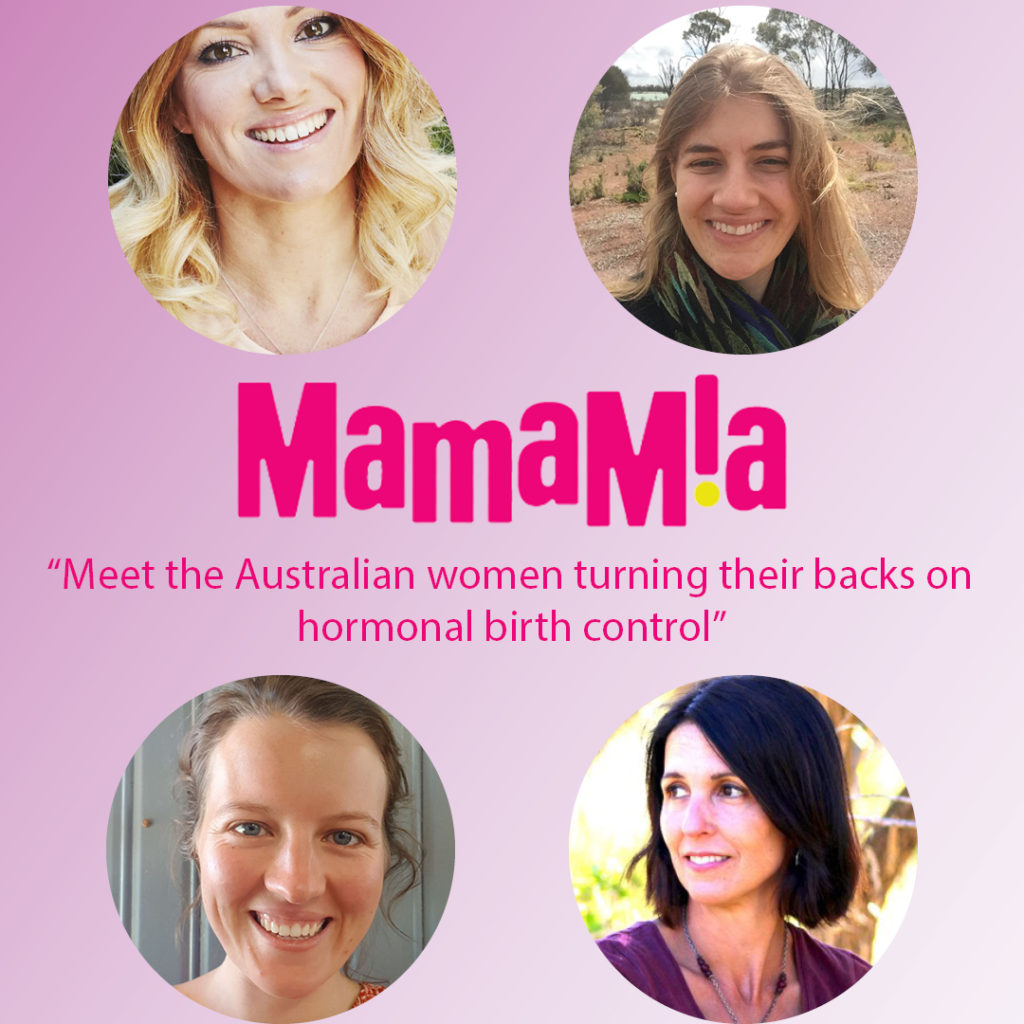
When using the Symptothermal Method of Fertility Awareness, a basal body temperature (BBT) thermometer is required. A BBT thermometer is a highly sensitive thermometer that measures accurately to two decimal places. This is important because the changes that you are looking to identify while charting can be as small as 0.2°C. Your basal body temperature is your lowest core body temperature achieved during rest and usually occurs around 4am in the morning. As most of us don’t want to be waking up at 4am every morning, we take our waking temperature a few hours later instead. Most women take their temperature orally, while others may opt to take their temperature vaginally.
When searching for a thermometer, you need to make sure that:
- You purchase a BBT thermometer that measures accurately to two decimal places
- You purchase a BBT thermometer and not a standard fever thermometer
(even though many standard fever thermometers will display two decimal places, they do not measure accurately enough to be used as a BBT thermometer)
You will find that most pharmacies stock BBT thermometers. If the pharmacist doesn’t know what you mean when you say you’re looking for a basal body temperature thermometer, try asking for an “ovulation thermometer”. Here on the Gold Coast my local pharmacy stocks the SurgiPack Ovulation Digital Thermometer for AU$20 and it’s as simple as walking into the pharmacy and grabbing one! You can also find these BBT thermometers on eBay Australia.
Otherwise, see below for a range of tried and true BBT thermometer options. You really don’t need anything fancy – you can spend as little as $8 and be all ready to go!
Please note that some of the links in this article are affiliate links meaning (at no additional cost to you) I may earn a commission if you click through and make a purchase. Your support helps to keep this site running and for that I am VERY GRATEFUL! For more information, please read the Advertising & Affiliates Policy here.
The Mabis Basal Thermometer
The Mabis is a fantastic and reliable entry-level digital BBT Thermometer for around $8 off Amazon. Keep in mind that it does not have an internal memory so cannot store more than a single temperature at a time. It also does not have a backlight so you’ll need to turn the light on in the morning to see your temperature.
The iSnow Digital Basal Thermometer
The iSnow is a great step up from the Mabis at just over $25. It has a backlight so that you won’t need to squint or turn on a light early in the morning. It also has an internal memory that can store 60 temperatures, meaning you don’t need to record your temperature straight away – you can come back to it later that day, or in 60 days time! Last but not least it has a built in alarm clock and also comes in a large, robust case for safe storage.
The Femometer Vinca II
The Femometer Vinca II is a premium option and is very well suited for charting with the Symptothermal Method. It’s best to grab their Vinca II model which includes a screen for you to see your temperature (earlier models required you to sync the thermometer with their app to see your temperature each day). In addition to this, the Vinca II allows you to select from three different options for the duration of time it will assess your BBT:
1.) Fast Mode (30 seconds)
2.) Normal Mode (1-1.5 minutes)
3.) Mercury Mode (3 minutes)
Mercury Mode is especially beneficial as the formal rules of many Symptothermal Methods do call for at least a 3-minute assessment of your BBT each morning.
With the Femometer Vinca II you can also adjust the beep volume either up or down, plus you can store up to 300 temperatures.
The Tempdrop Smart Thermometer
The Temprop is an incredible piece of femtech! It’s a wearable device (worn on the upper arm in an armband) that takes your temperature multiple times throughout the night. It then puts those temperatures through an algorithm to tell you what your true basal temperature is each night. This means it’s a fantastic option for shift workers (hello doctors and nurses!) and postpartum/nursing mothers who tend to have very fragmented sleep. Read more about the Tempdrop and find a $10 discount code here.
The Wink Digital Thermometer
The Wink thermometer (by the founders of the Kindara app) is no longer in production; however, you can sometimes still find one for sale second-hand. This thermometer was originally designed to sync directly with the Kindara app to easily input your temperature. While this sounds user-friendly and very convenient, I don’t recommend the Wink as the design is flimsy and many users report that it breaks easily. If you’re in the market for a second-hand BBT thermometer I would opt for a Tempdrop instead!
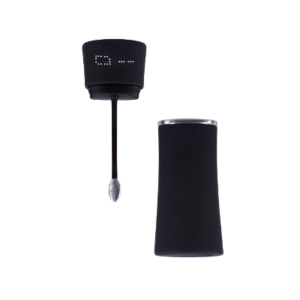
The Daysy/Ladycomp/Babycomp Devices
These devices were previously marketed heavily on social media and YouTube, where paid influencers would explain that they were using the devices as contraception. Valley Electronics AG (the manufacturer), advertised the devices as 99.4% effective with perfect use for accurate prediction of the fertile window based on temperature alone. Unfortunately, the real effectiveness of the Daysy/Ladycomp/Babycomp devices remains unknown. Their most recent study was retracted from the scientific literature due to a number of fatal flaws that meant the final figures were unreliable. Read more about the retraction here, which was finalised after leading reproductive health epidemiologist Chelsea Polis published a peer-reviewed commentary outlining the flaws of the study. In addition, their previous study advertising a 99.3% perfect use effectiveness rate has also been criticised as being flawed.
As a personal anecdote – Valley Electronics AG (aka Daysy) does not take kindly to criticism and doesn’t have the best track record of transparency with their clients. In fact, during the entire year that it took for the journal Reproductive Health to retract the 2018 Koch paper, Daysy continued to advertise their device as 99.4% effective. In this case, their pursuit of profit was placed above their customers’ right to accurate and up-to-date information about the device they were purchasing. Also concerning is the continued support that this company receives from high-profile figures within the FABM and natural health world.
The verdict? Use at your own risk. Anecdotally, if I had to choose between Daysy and Natural Cycles I would choose Daysy as their algorithm does appear to be a lot safer (despite the lack of quality research to support it). You can read more about why I personally do not recommend these devices here: 5 Reasons I Don’t Use Daysy or Natural Cycles
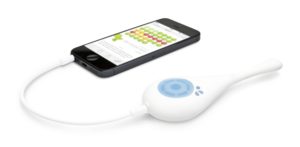
Natural Cycles
Natural Cycles is an app that claims to predict your fertile window with 93% accuracy (with typical use) based on temperature alone. My personal opinion is that using Natural Cycles is dangerous if you are seriously wanting to avoid a pregnancy. Anecdotally, not a week goes by that I don’t see women reporting unplanned pregnancies or being given “green” days during their fertile window. On top of this, the founder of the app (Elina Berglund) and one of the lead scientists behind the Natural Cycles’ studies (Kristina Gemzell) have both been quoted as saying this app is not a good option for those women who are seriously trying to avoid a pregnancy. You can read more about the reasons why I do not personally recommend Natural Cycles here: Natural Cycles’ FDA Approval: What’s The Big Deal?
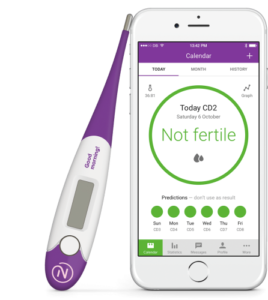
Ava Woman Cycle Tracker Bracelet
The Ava is a bracelet that tracks skin temperature at the wrist, pulse rate, breathing rate, heart rate, sleep and more. It is designed to assist those who are trying to conceive and is NOT approved as a method of contraception or for use by those who are trying to avoid a pregnancy. Some women decide that they would like to use the temperatures that their Ava bracelet provides, and combine these with cervical mucus charting. This is not advised for two reasons:
- Wrist temperatures have not been proven accurate enough for use with FABMs.
- The temperature readings that Ava provides are changed or smoothed via an algorithm that is based on other metrics such as breathing rate/heart rate and more. Therefore it is not accurate enough to be used as part of a FABM.
If you’re trying to conceive you’re better off learning to track your cervical mucus and cervix – these are physiological signs that actually warn that ovulation is approaching. BBT and heart rate only rise after ovulation – which is generally too late to be of any use if you are trying to fall pregnant. On top of this, the stats that Ava currently use are based off a small study of only 41 women, with one menstrual cycle each.
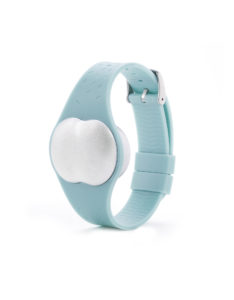
The verdict on Daysy, Natural Cycles and Ava? In my opinion, they are overpriced thermometers that can put unaware users at risk of unintended pregnancy. I don’t believe they deliver true value for money.
Always remember that it’s best to work with an instructor to learn Fertility Awareness – an instructor will be able to guide you through all the nuances of accurately taking your temperature and the specific rules of confirming your temperature shift. They’ll also be able to help you develop a solid understanding of your cervical fluid, too. You can find an instructor here.
If you’re not financially ready to invest in an instructor, you can read about how to self-teach here.
Lastly, never swap thermometers (or the route you take your temperature) mid-cycle.
Do you have a favourite basal body temperature thermometer? Would love to hear about it in the comments below!


